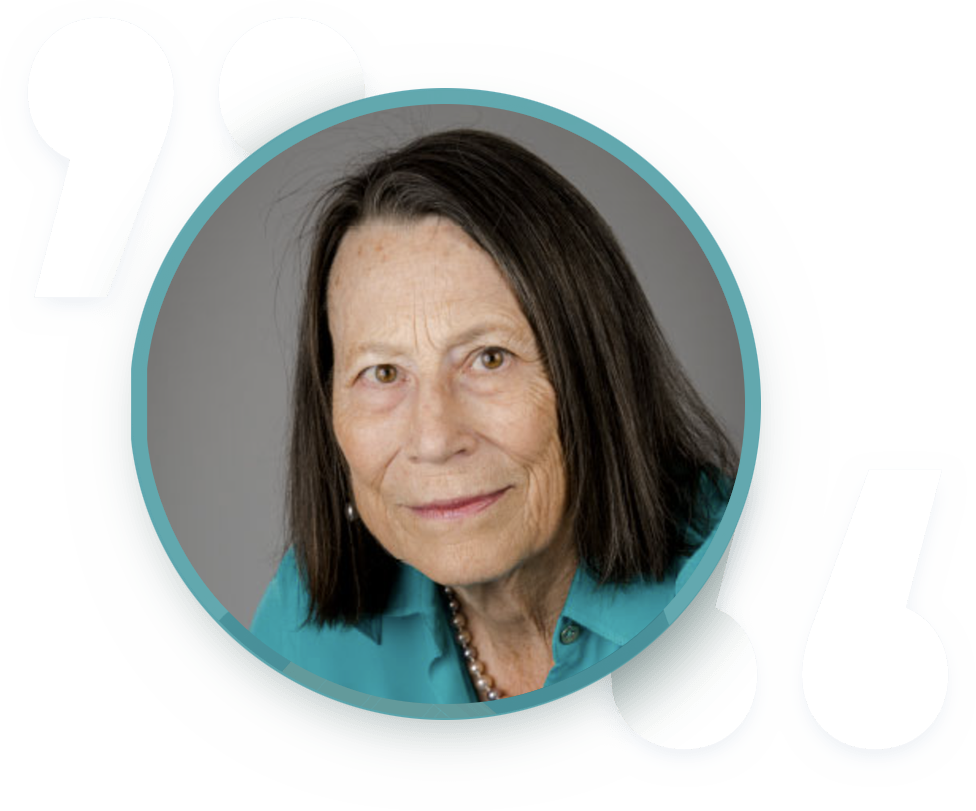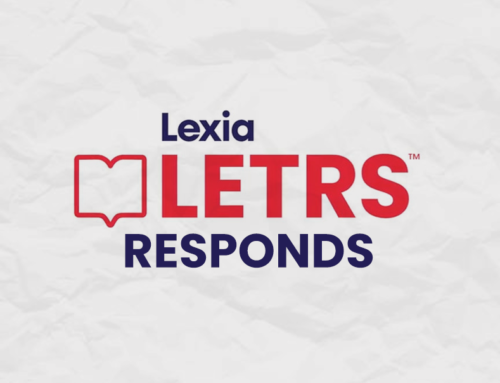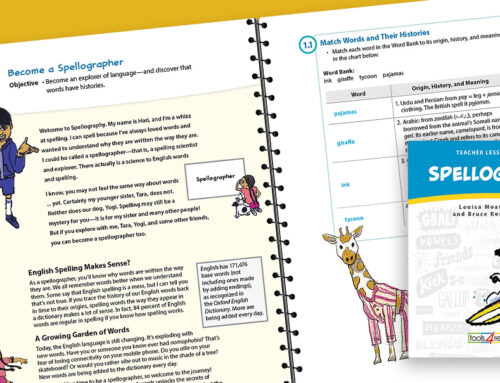
Language Essentials for Teachers of Reading and Spelling (LETRS®) has just been reborn with new content, organization, and online elements. Although LETRS is officially 16 years old, its origins go back 35 years. I’d like to share where LETRS came from, what makes it a unique professional development experience, and why it endures as a widely used and respected approach to teaching teachers.
Let’s start with an uncomfortable truth: very few of us in education learned what we should know about teaching reading, spelling, or language when we were licensed or earned our degrees. As teachers, we typically attended workshops and professional development days frustrated by the lack of rigor or relevance to our students’ learning challenges. We wanted to reach all students but did not know how. I, as a young teacher, knew I wasn’t well prepared to teach my students who struggled with reading and language. Only after a decade of experience—and through my doctoral training—did I begin to understand what was involved in teaching effectively, especially when students were affected by dyslexia or just weren’t figuring out how print works. Thankfully, my major professors taught me about language development, language structure, and the psychology of learning to talk, read, spell, and write—information I should have had from the outset of teacher training.







